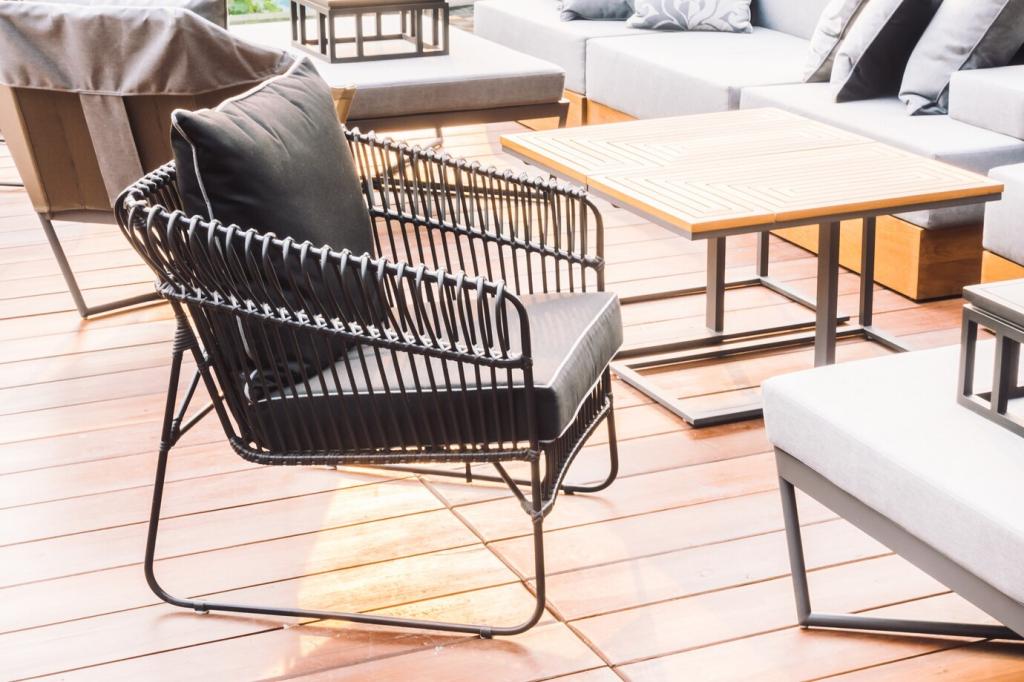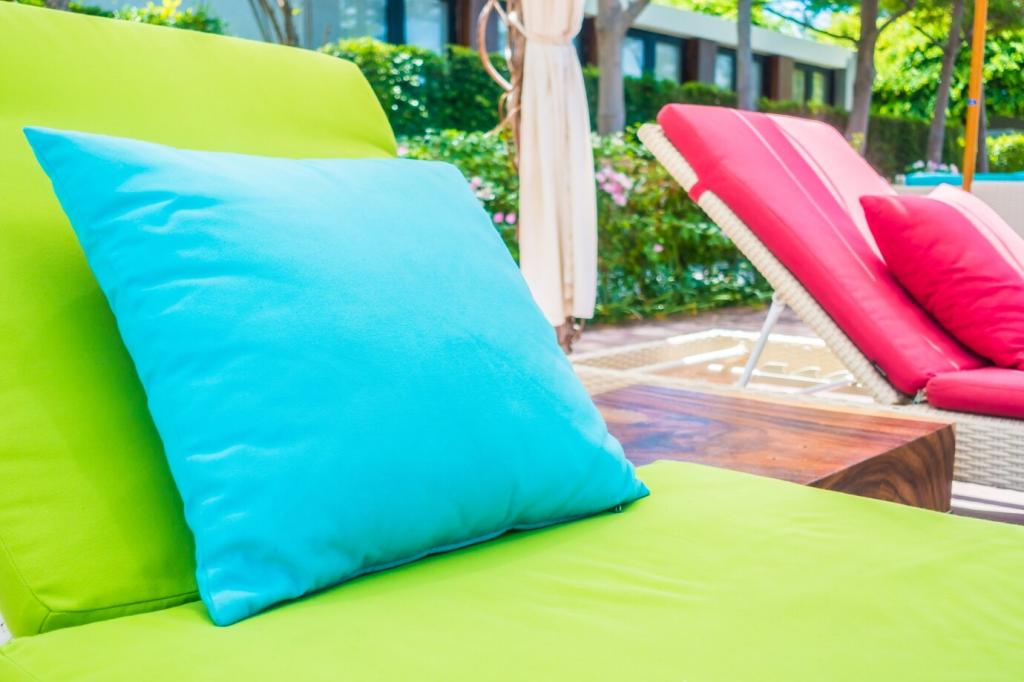Weatherproofing Outdoor Fabrics: Keep Comfort Outside, Rain or Shine
Today’s chosen theme is Weatherproofing Outdoor Fabrics. Discover practical science, pro tricks, and heartfelt stories that help cushions, awnings, and covers stay dry, vibrant, and welcoming—so your patio feels great through drizzle, sunbursts, and sudden summer storms.
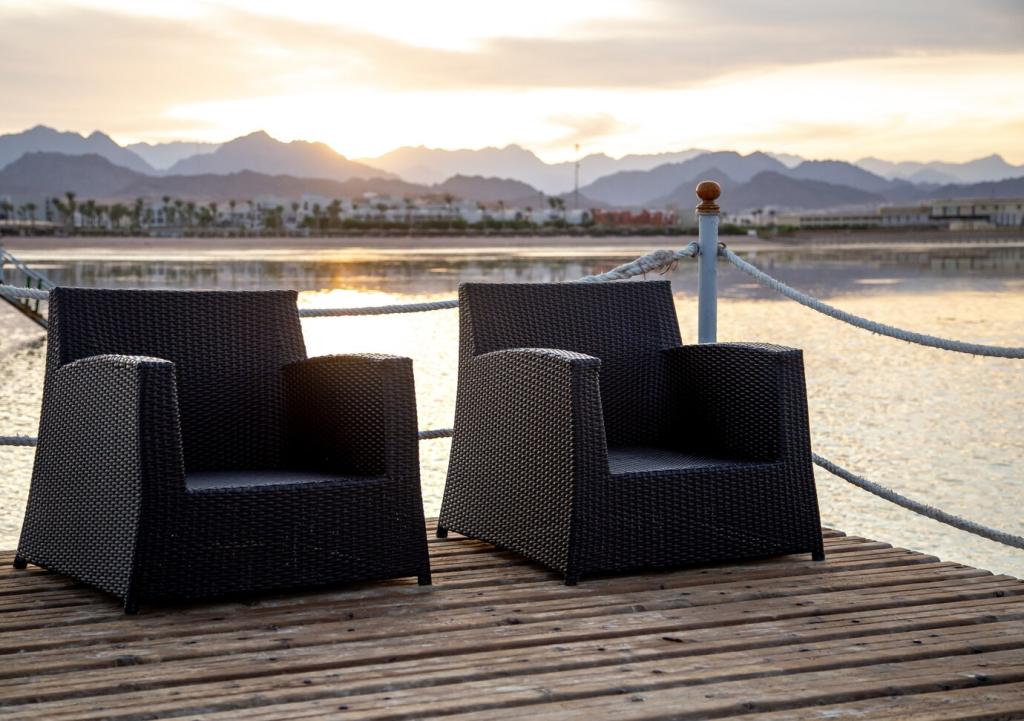
The Science Behind Weatherproofing Outdoor Fabrics
Polyester, acrylic, and solution-dyed olefin resist moisture differently, and tight weaves shed rain better than loose ones. Know your textile’s fiber, dye method, and construction to choose a treatment that bonds well and won’t compromise hand feel, drape, or breathability.
Preparation That Makes Protection Last
Deep Clean Without Damage
Use a gentle, pH-balanced cleaner and a soft brush to lift grime and sunscreen residue. Rinse thoroughly and avoid fabric softeners that lower surface tension. A spotless surface helps treatments adhere, preventing patchy spots where water sneaks in and stains stubbornly return afterward.
Mold, Mildew, and Stain Triage
Treat mildew early with an oxygen-based cleaner approved for your fiber, not harsh bleach that can weaken threads or fade prints. Rinse until water runs clear. Removing biofilm raises effectiveness of water repellents, reducing future odor and restoring confidence in cushions you actually want to sit on.
Drying and the Weather Window
Let fabrics dry completely—truly bone-dry—before applying any sealant. Choose a calm, low-humidity day with moderate temperatures. Working outside avoids fume buildup, and still air prevents overspray drift. A patient setup ensures coatings level beautifully instead of flashing off too fast and streaking.

This is the heading
Lorem ipsum dolor sit amet, consectetur adipiscing elit. Ut elit tellus, luctus nec ullamcorper mattis, pulvinar dapibus leo.

This is the heading
Lorem ipsum dolor sit amet, consectetur adipiscing elit. Ut elit tellus, luctus nec ullamcorper mattis, pulvinar dapibus leo.
Application Techniques for Long-Lasting Results
Work six to eight inches from the surface in a smooth crosshatch pattern. Apply two or three light coats rather than one heavy pass. Keep a lint roller nearby to nab stray fluff mid-process, and wipe any pooled droplets along seams before they dry into glossy tracks.
Application Techniques for Long-Lasting Results
For cotton canvas or awnings, brush-on polyurethane or wax can be transformative. Warm wax slightly to ease spread, then buff for uniformity. Take your time along stitched seams and hems, where leaks often begin. A careful, patient hand here pays off during every stormy forecast.
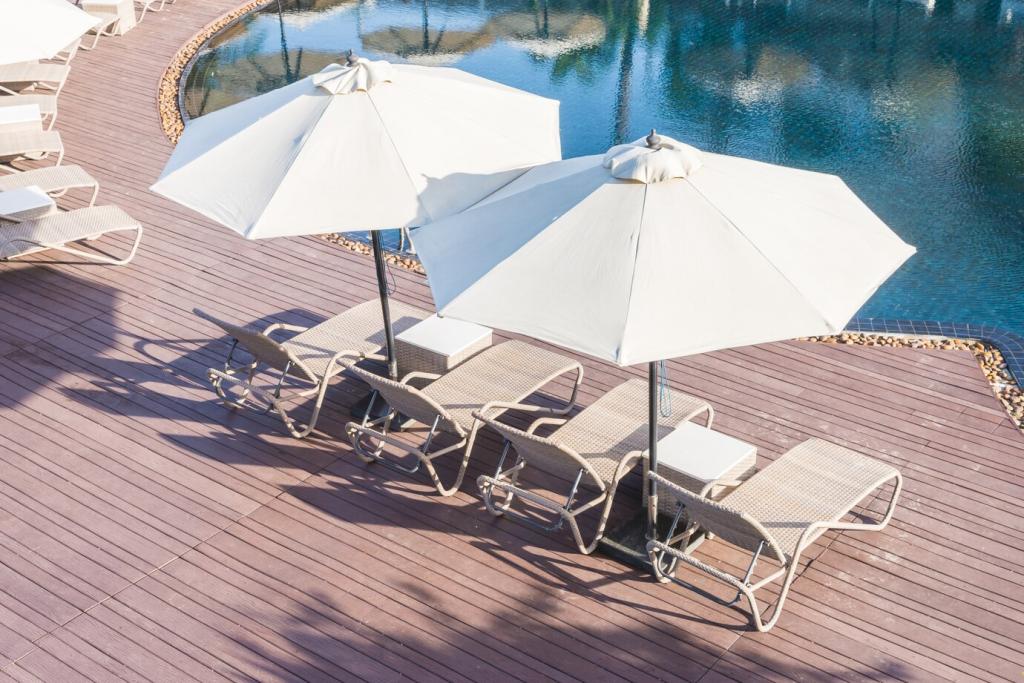
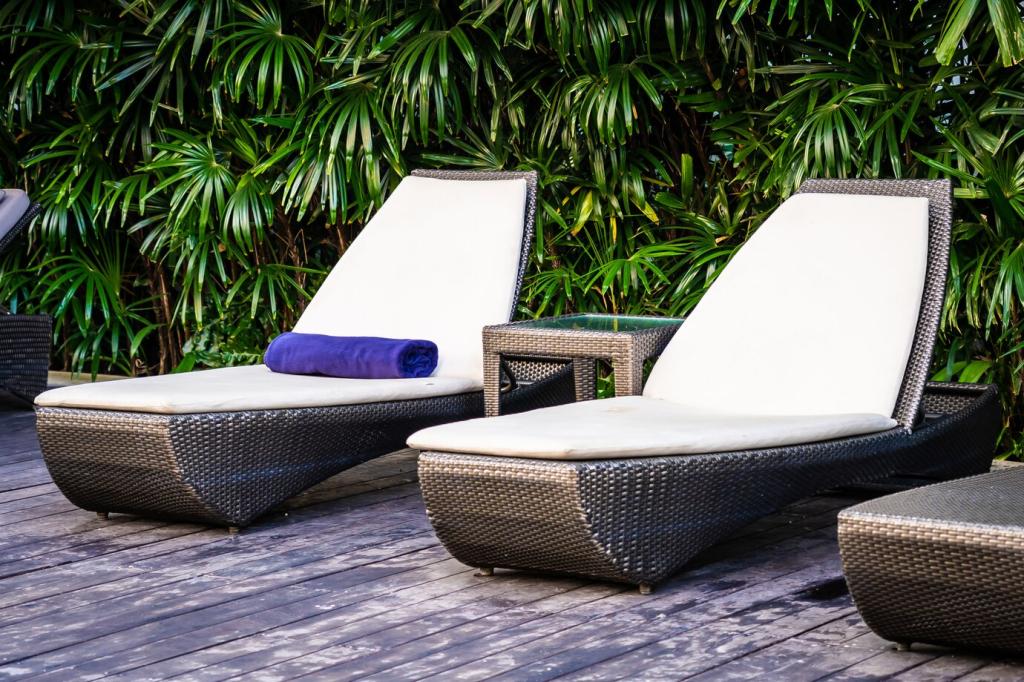
Guarding Against UV Fading and Sun Damage
Solution-dyed acrylics lock pigment into the fiber itself, resisting fading far better than piece-dyed fabrics. If you are buying new cushions, prioritize this feature. For existing pieces, understand limitations and pair with UV-protective sprays to extend brightness without making the fabric stiff or plasticky.
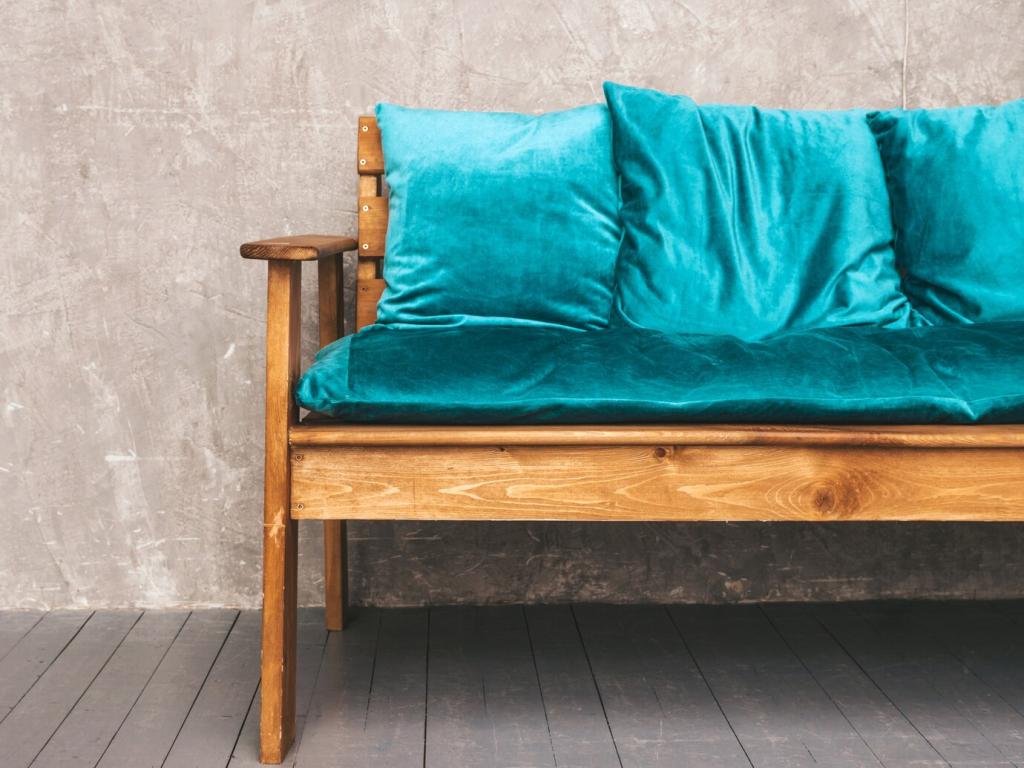
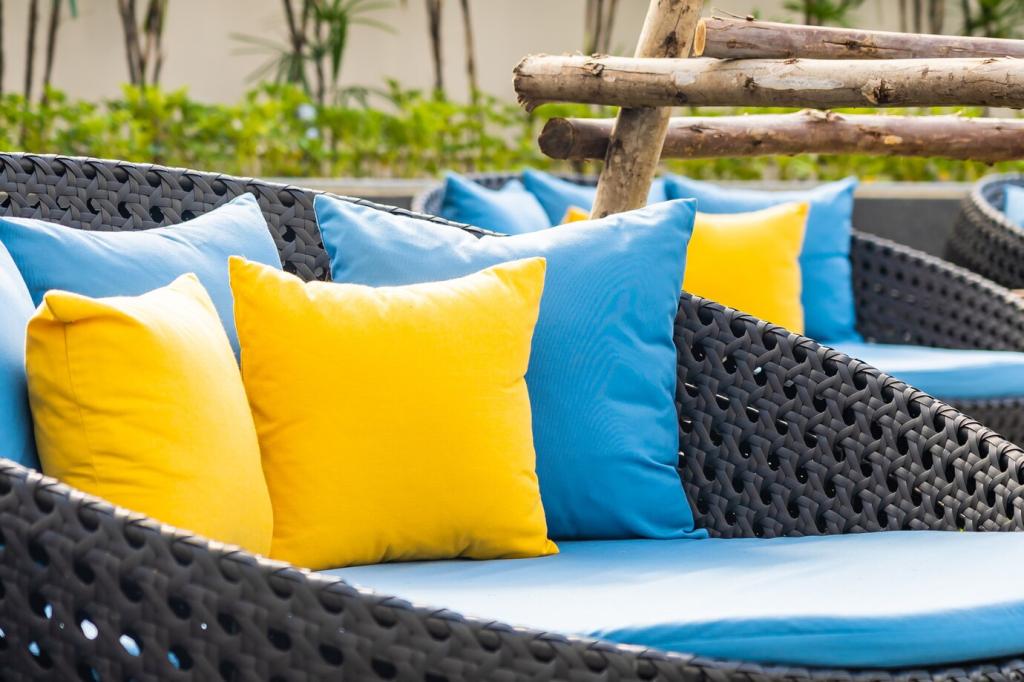
Guarding Against UV Fading and Sun Damage
A simple shade sail or lunchtime cover break can dramatically ease cumulative UV exposure. Rotate cushions between sun and shade, and store them when heat indices spike. Small habits preserve color depth and keep hand feel pleasant, rather than chalky or brittle after a scorching afternoon.
Testing, Maintenance, and Reapplication
After curing, mist the surface. Water should bead and roll off cleanly. If it darkens and spreads, performance is slipping. Track results on a calendar, and consider a light refresher coat when beading diminishes rather than waiting for a fully soaked surprise storm.
